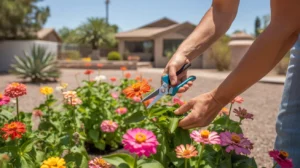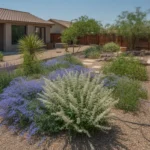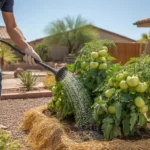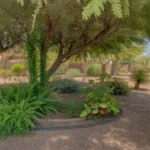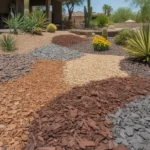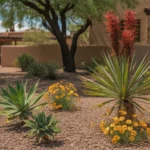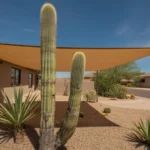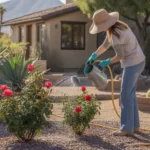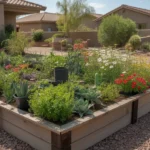As the heat of summer settles over Mesa, dedicated gardeners know it’s prime time for one essential task: deadheading. This simple pruning technique not only keeps your yard tidy but also encourages healthier, more abundant blooms throughout the season. With a few snips in the right places, you can help your garden thrive even in the intense Arizona sun. 🌞
What is Deadheading?
Deadheading is the practice of removing spent or faded flowers from a plant. This includes snipping off individual blooms or cutting back to the nearest set of healthy leaves, depending on the plant variety.
The primary goal is to redirect the plant’s energy from producing seeds to creating more foliage and flowers. By removing the old blooms, you’re essentially tricking the plant into thinking it still needs to flower to reproduce. Many annuals and perennials will respond with a fresh flush of blooms, extending your garden’s colorful display.
Deadheading also helps maintain plant health by reducing the risk of disease. Spent flowers can harbor fungal spores or attract pests, so removing them promptly keeps problems at bay. Plus, it gives your garden a cleaner, more manicured look. 🌼
When to Deadhead in Mesa
In Mesa, the best time to start deadheading is typically in late spring or early summer, once the first round of blooms begins to fade. This is especially important for spring-flowering perennials like penstemons and salvias.
Continue deadheading regularly throughout the summer to encourage repeat blooming. Some fast-growing annuals like zinnias and cosmos may need deadheading every few days, while others can be tidied up weekly. 📅
Be mindful of the intense midday heat and sun. Plan your deadheading sessions for the cooler morning or evening hours to avoid stressing the plants (and yourself!). Keep an eye out for wilted leaves or drooping stems, which may indicate the plant needs a deep watering before you prune.
How to Deadhead Different Plant Types
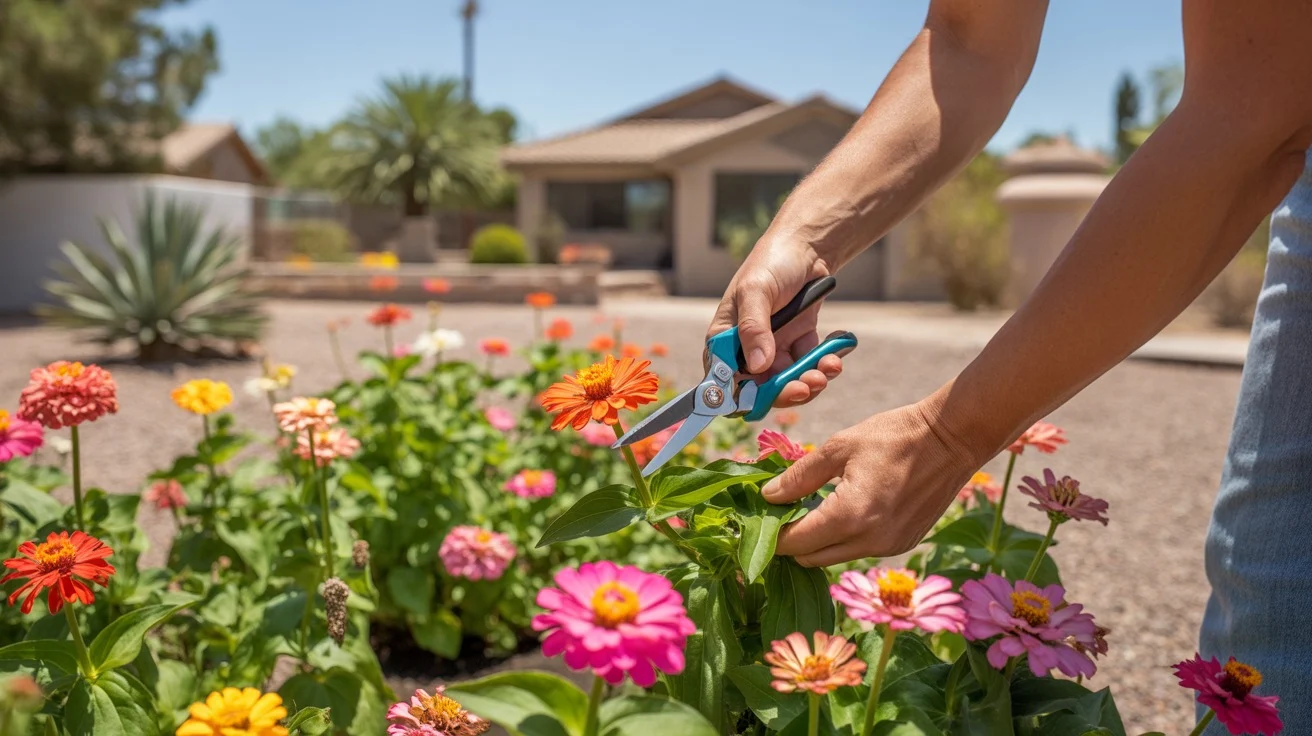
The technique for deadheading varies depending on the plant’s growth habit and flower structure. Here are some general guidelines for common Mesa garden favorites:
Single-stem flowers: For plants like marigolds, zinnias, and coreopsis that produce one flower per stem, simply snip off the entire spent bloom down to the next set of leaves. New flowers will emerge from the leaf axils. 🌿
Multi-stemmed flowers: Plants like salvias, penstemons, and lavender produce multiple flowers along a stem. Once most of the stem’s flowers have faded, cut the whole stem back to a lower set of leaves or buds. This encourages bushier growth and more blooms.
Cluster flowers: Some plants, like yarrow or coneflowers, have clusters of tiny flowers that bloom and fade gradually. Snip off each spent cluster at its base, being careful not to damage adjacent buds that are still developing. ✂️
Deadheading Tips for a Thriving Mesa Garden
To make your deadheading efforts as effective as possible, keep these tips in mind:
- Use clean, sharp pruning shears to avoid crushing or tearing the stems, which can invite disease. Wipe the blades with rubbing alcohol between plants.
- Deadhead in the morning after the dew has dried or in the evening once the heat subsides. Avoid pruning during the hottest part of the day.
- Pair your deadheading with a deep watering and a light application of fertilizer to give the plants a boost. Avoid over-fertilizing, which can lead to weak, spindly growth.
- Some plants, like coneflowers and black-eyed Susans, produce attractive seed heads that birds love. Consider leaving a few spent blooms intact to feed your feathered friends. 🐦
With regular deadheading, your Mesa garden can keep pumping out beautiful blooms all summer long. So grab your pruning shears, put on a wide-brimmed hat, and get ready to give your plants a midsummer pick-me-up. Your garden will thank you with a spectacular second act. 🌻
Composting Your Deadheaded Flowers
Don’t let all those spent blooms go to waste! Deadheaded flowers make a great addition to your compost pile. As they break down, they’ll release nutrients back into the soil to nourish next year’s garden.
Chop up larger stems and blooms to speed up decomposition, then mix them into your compost bin with a blend of brown materials like dried leaves or shredded newspaper. Turn the pile every week or two to keep things aerated and active. For more composting tips, check out our guide on Composting in the Arizona Heat: Gilbert Methods That Work.
By deadheading diligently and composting the trimmings, you’re creating a sustainable cycle of growth and renewal in your garden. So snip, compost, and enjoy the blooms – all season long! 🌸♻️

